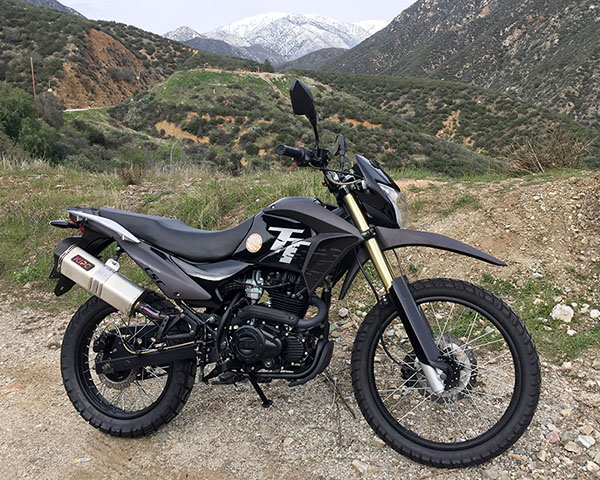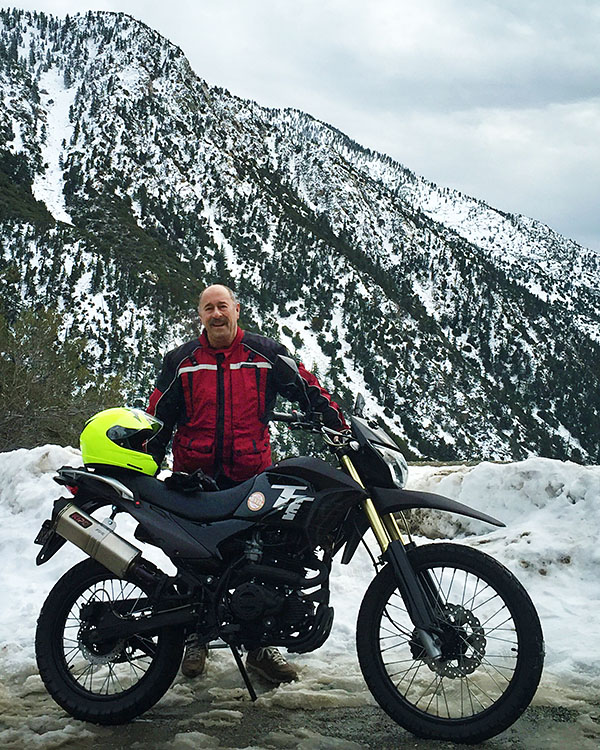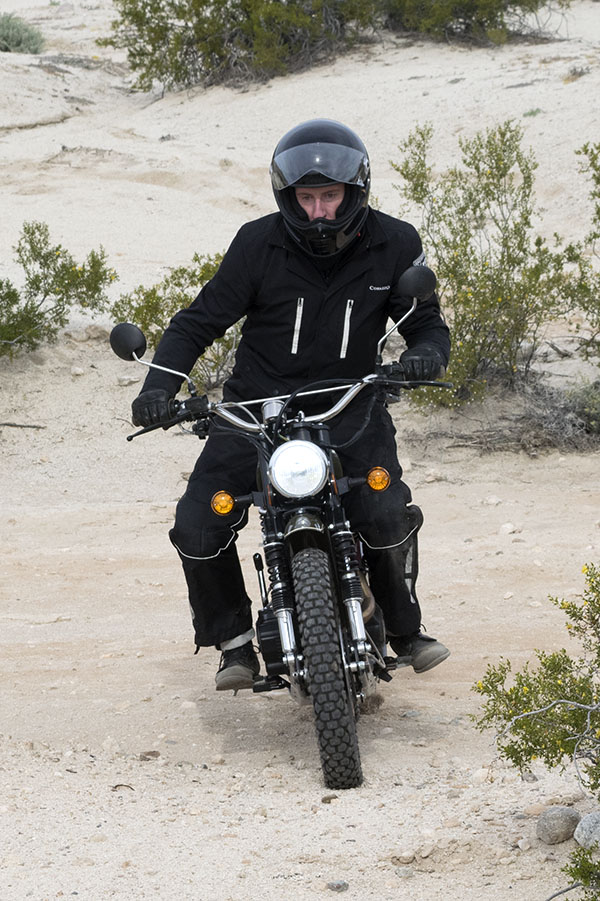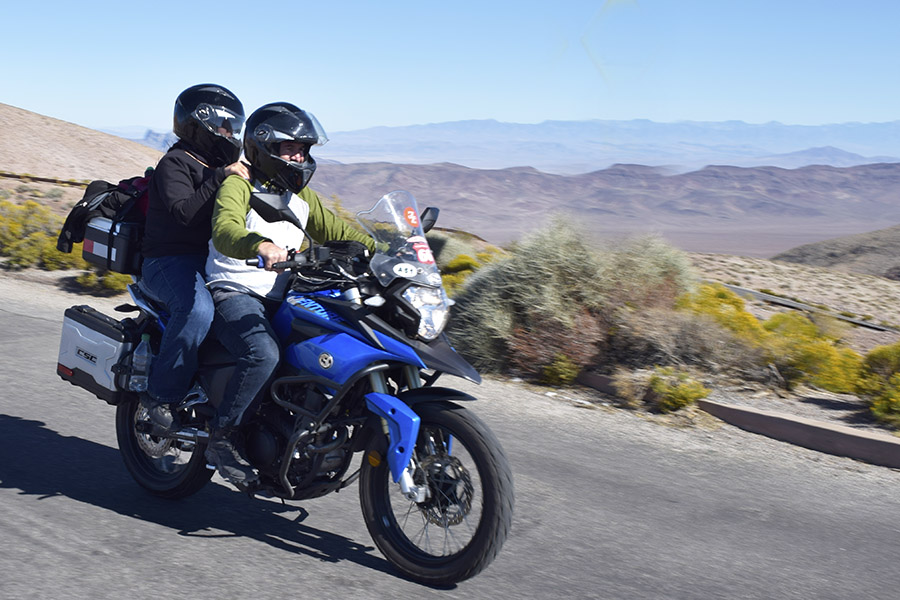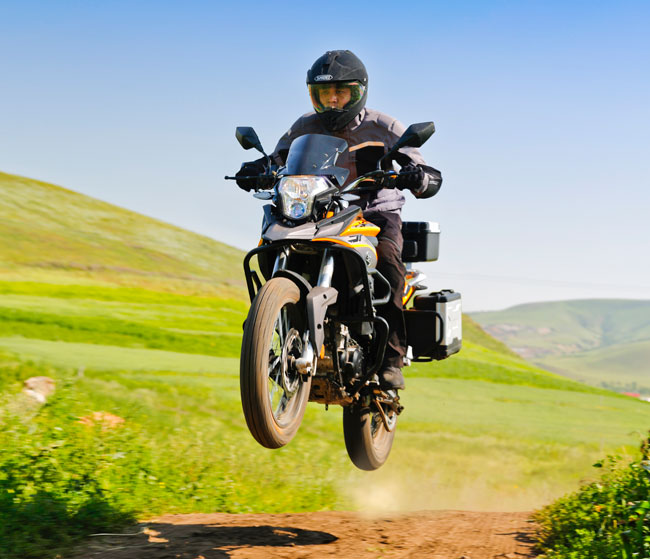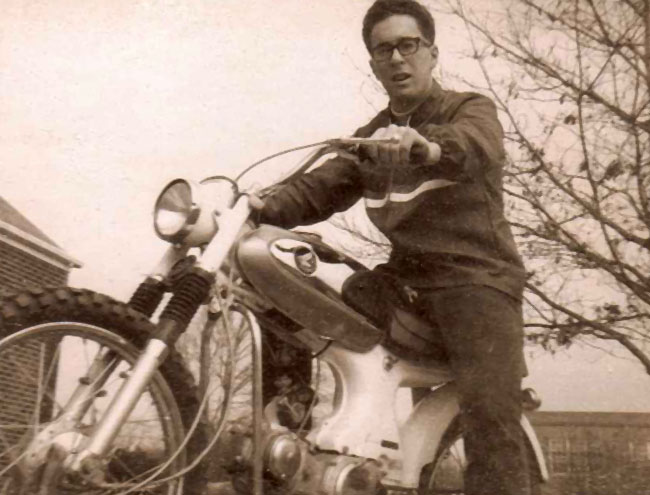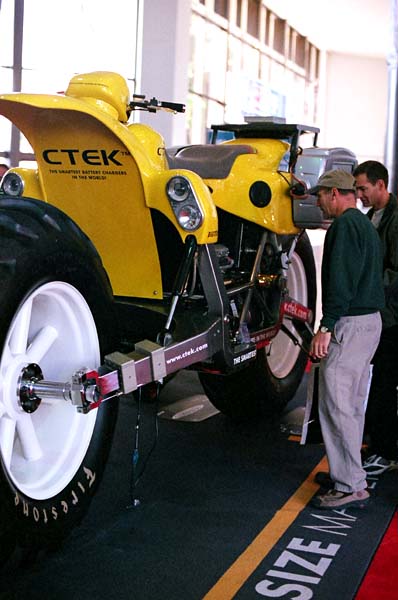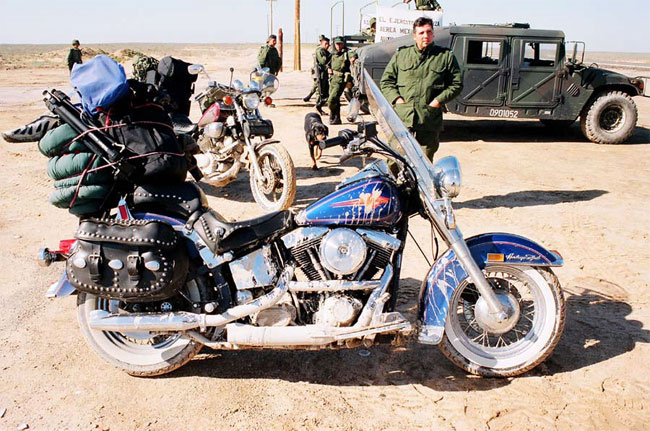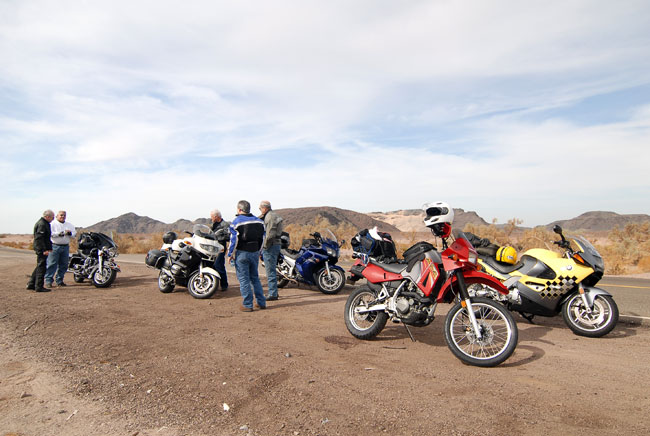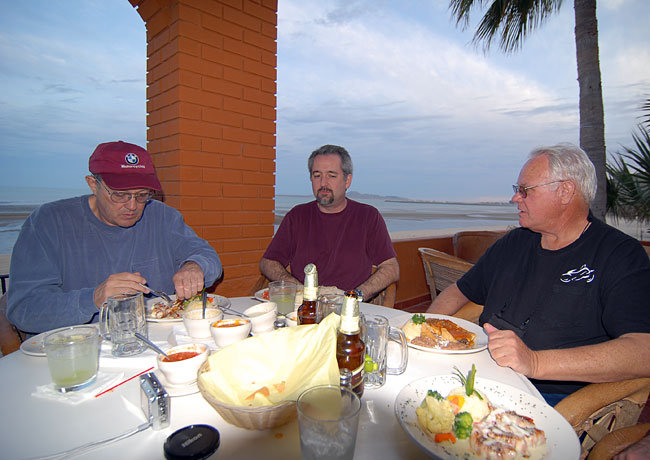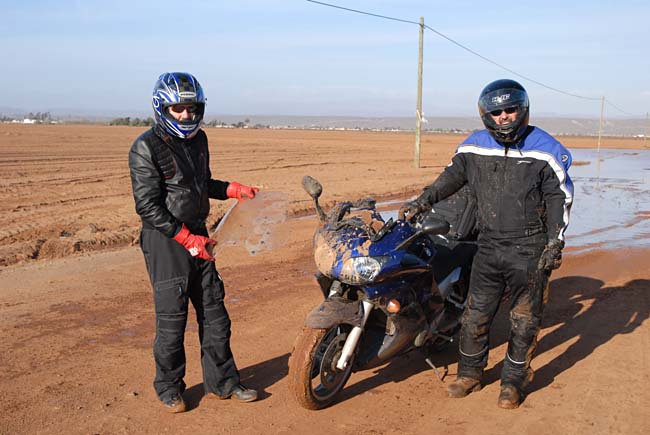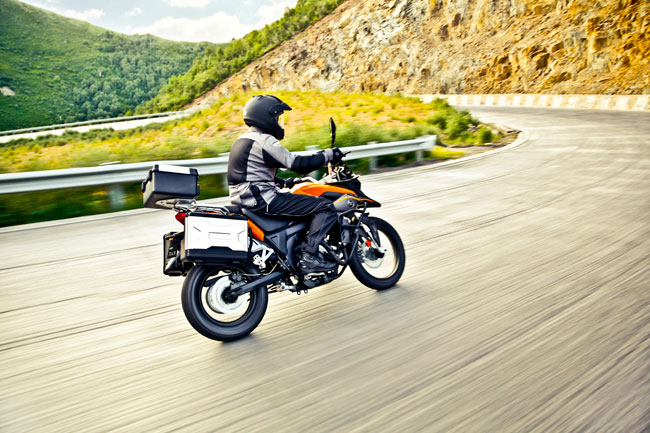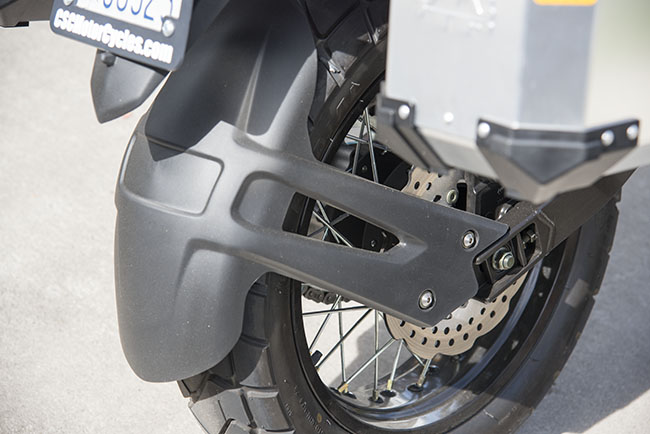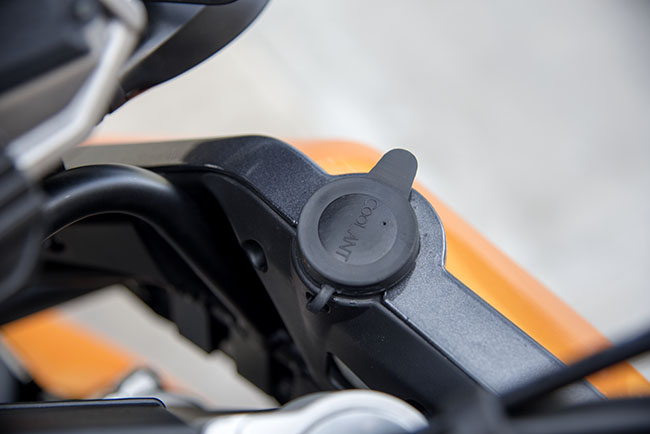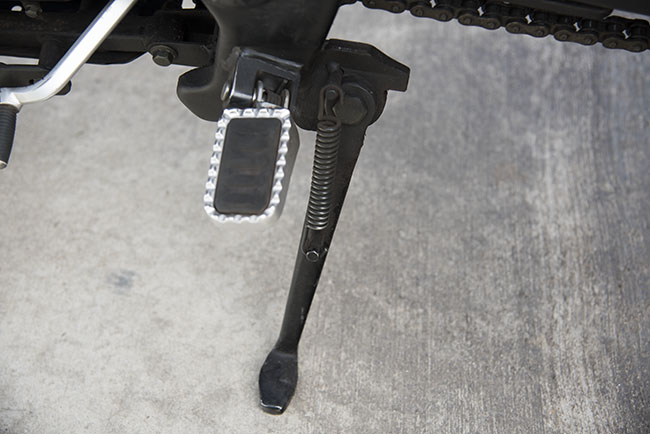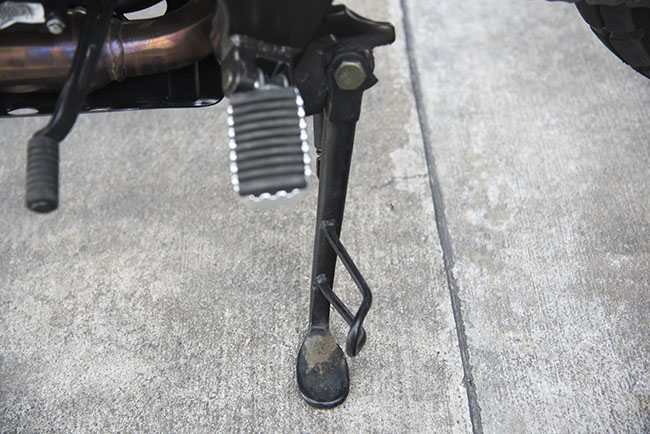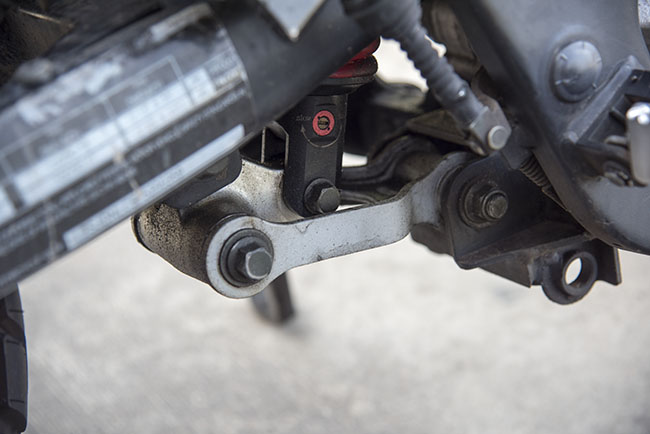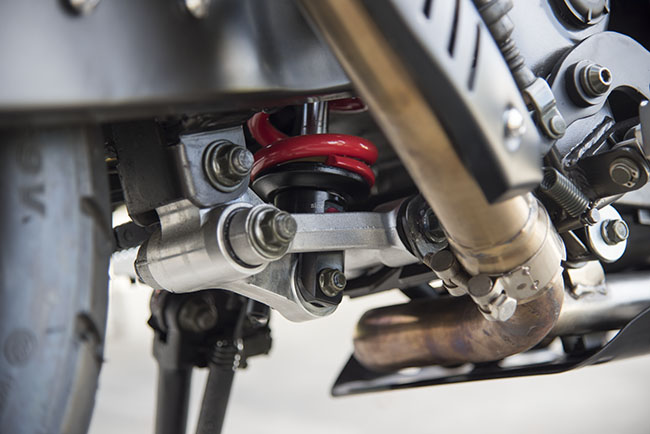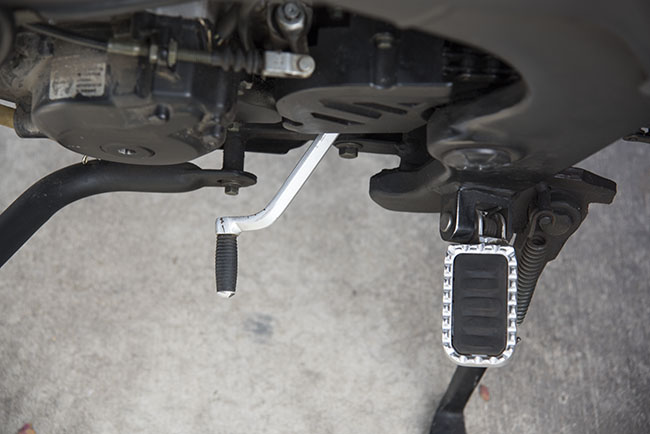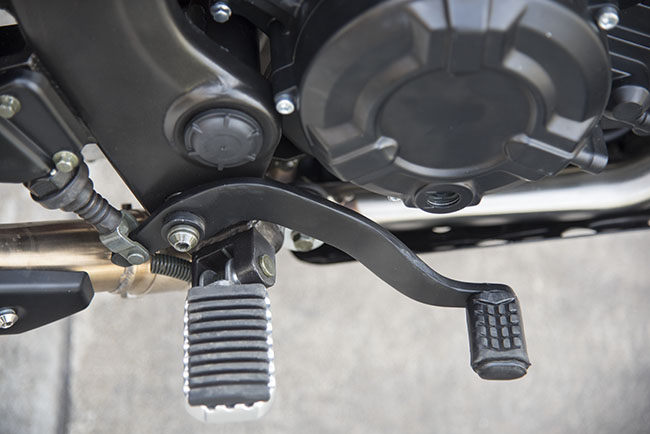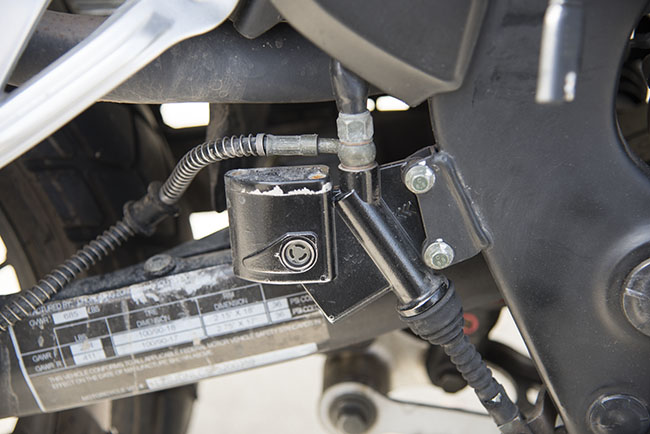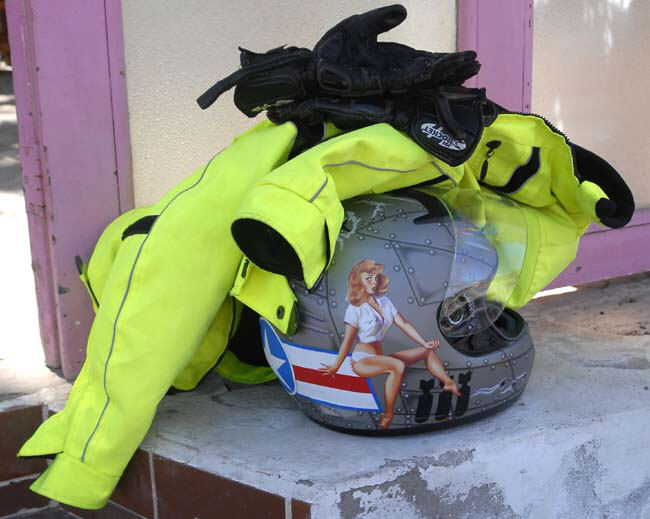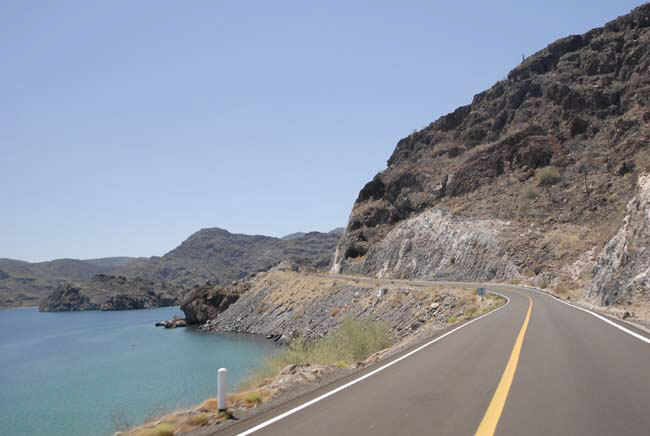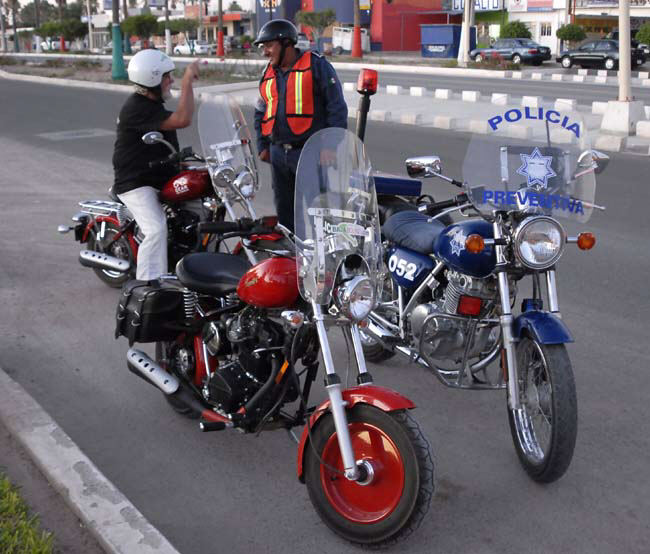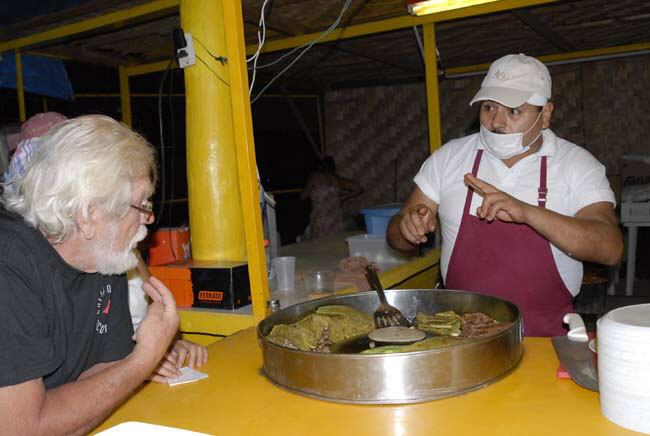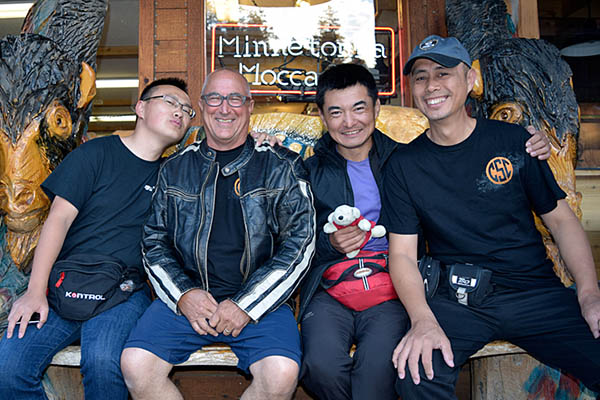
My good buddy Joe Gresh is an astute observer of the human condition and he writes about it well. This is a piece he did after the 5,000-mile Western America Adventure Ride, when we rode 250cc Chinese motorcycles from LA to Sturgis to Portland and back to LA. We had about a dozen riders and not a single motorcycle breakdown. The bikes’ stellar performance notwithstanding, we sure caught flak on the Internet about riding Chinese bikes (and it was only on the Internet; no one we met in person had anything but compliments for us and the bikes). Joe wrote a column titled “Motoracism” in the now-defunct Motorcyclist magazine about that trip (along with an outstanding story about the ride). Joe’s adept at stirring the pot by telling the truth, and the keyboard commandos crawled out in droves from under their bridges when “Motoracism” was published. Here’s the original article. Take a look…
Motoracism and Brand-Bashing in the Moto World
Are you offended by a Chinese-built bike?
Joe Gresh January 11, 2016
Look out! An army of strange bikes aimed at our heartland! Or is it just a line of motorcycles like any other, except this time they’re made in China?
We all suffer from racism’s influence. It’s an off-key loop playing from an early age, a low frequency rumble of dislike for the “other.” It’s ancient and tribal, a rotted pet forever scratching at the door because we keep tossing it scraps of our fear. Racism gives the weak succor and the strong an excuse for bad behavior. We work hard to become less racist, but exclusion is a powerful medicine.
Especially when it comes to motorcycles. Brand bashing is ancient, part of what motorcyclists do. It’s our way of hazing new riders and pointing out the absurdity of our own transportation choice. Unlike more virulent forms of racism, motoracism doesn’t prevent us from enjoying each other’s company or even becoming friends.
In web life, we are much less tolerant. Whenever I test a bike for Motorcyclist I spend time lurking on motorcycle forums. This is partly to gather owner-generated data, stuff I may miss in the short time I have with a testbike. Mostly I do it because it’s a way to rack up thousands of surrogate road test miles without having to actually ride the bike. Think of yourselves as unpaid interns slogging through the hard work of living with your motorcycle choice while I skim the cream of your observations into my Batdorf & Bronson coffee.
Every motorcycle brand has fans and detractors, and I enjoy the smack talk among riders. Check out the rekindled Indian/Harley-Davidson rivalry: They picked up right where they left off in 1953. Then there’s this Chinese-built Zongshen (CSC) RX3 I recently rode. Man, what a reaction that one got. Along with generally favorable opinions from Zong owners I saw lots of irrational anger over this motorcycle.
All because it was built in China.
To give the motoracists their due, until Zongshen came along Chinese-built bikes were pretty much crap. (I read that on the Internet.) Except for the Chinese-built bikes rebadged for the major manufacturers. I guess if you don’t know that your engine and suspension were built in China it won’t hurt you.
Mirroring traditional racism, the more successful the Chinese become at building motorcycles the more motoracists feel aggrieved. The modest goodness of the Zongshen has caused motoracists to redirect their ire at US/China trade relations, our looming military conflict in the South China Sea, and working conditions on the Chinese mainland.
Like Japanese motorcycles in the 1960s, buying a Chinese motorcycle today reflects poorly on your patriotism. You’ll be accused of condoning child slavery or helping to sling shovelfuls of kittens into the furnaces of sinister ChiCom factories. Participate in a Zongshen forum discussion long enough and someone inevitably asks why you hate America. I’ve had Facebook friends tell me I shouldn’t post information about the Zongshen—that I must be on their payroll. I’m just testing a bike, man. This reaction doesn’t happen with any other brand and they all pay me the same amount: zilch.
So if you’re angry about working conditions in a Chinese motorcycle factory, but not about similar conditions in a USA-based Amazon fulfillment warehouse (selling mostly Chinese products) you might be a motoracist. If you type moral outrage on your Chinese-built computer complaining about China’s poor quality control while sitting in your Chinese-built chair and answering your Chinese-built cell phone you might be a motoracist. If you’re outraged that the Zongshen 250 can’t match the performance of a motorcycle five times its displacement and five times its cost you might be a motoracist. I want you to take a thoughtful moment and ask yourself if your motoracism isn’t just plain old racism hiding behind mechanical toys. If it is, stop doing it, and let’s get back to bashing other motorcycles for the right reasons: the goofy jerks who ride them.
Good stuff, and great writing. If you’d like to read Joe’s piece about the ride, just click here. And if you’d like to know more about the RX3 motorcycles we rode on our ride through the American West, just click here.

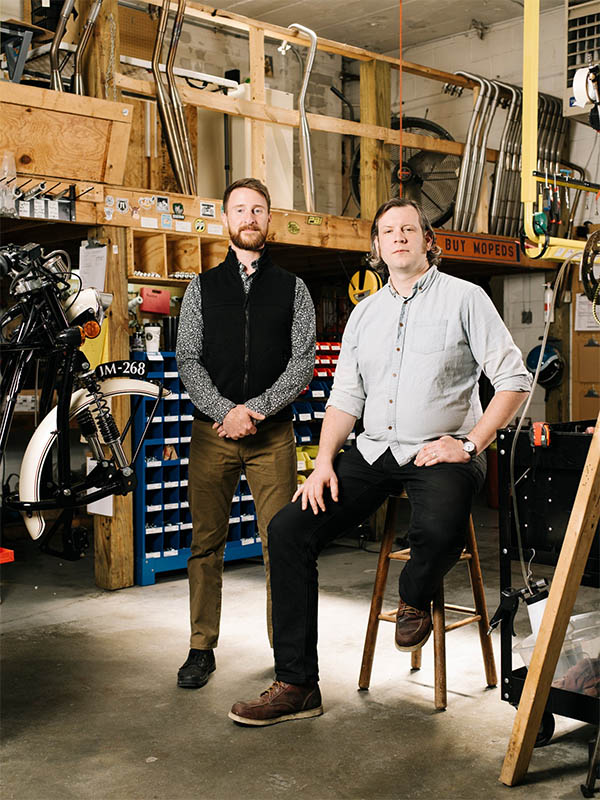
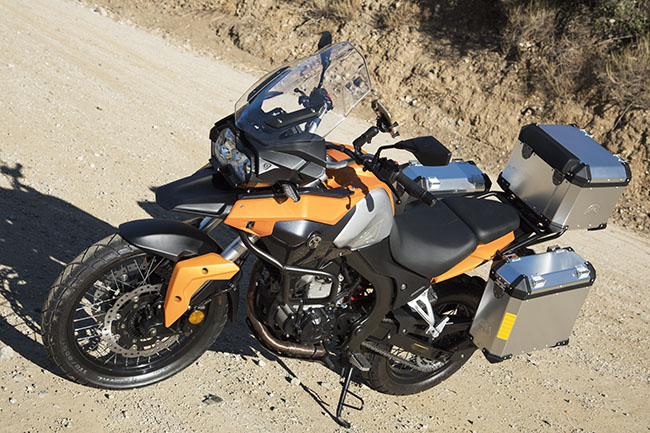
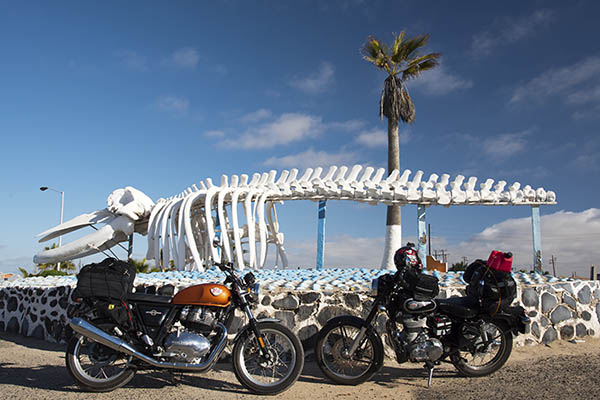
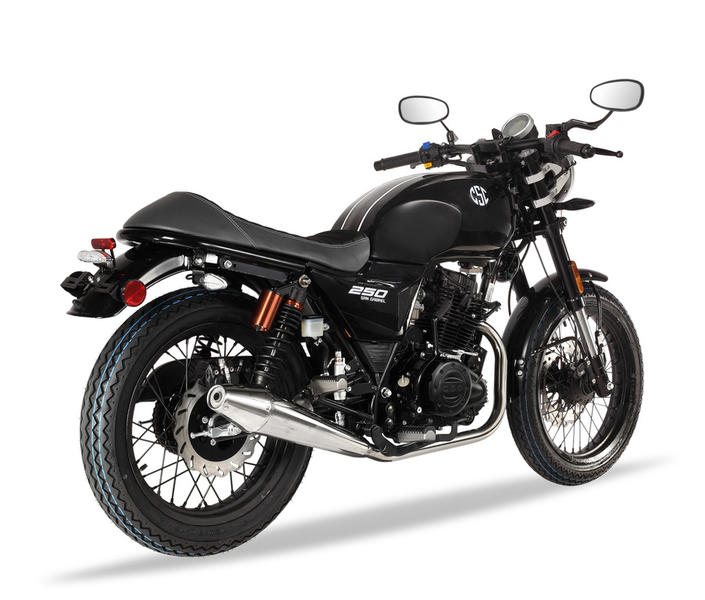
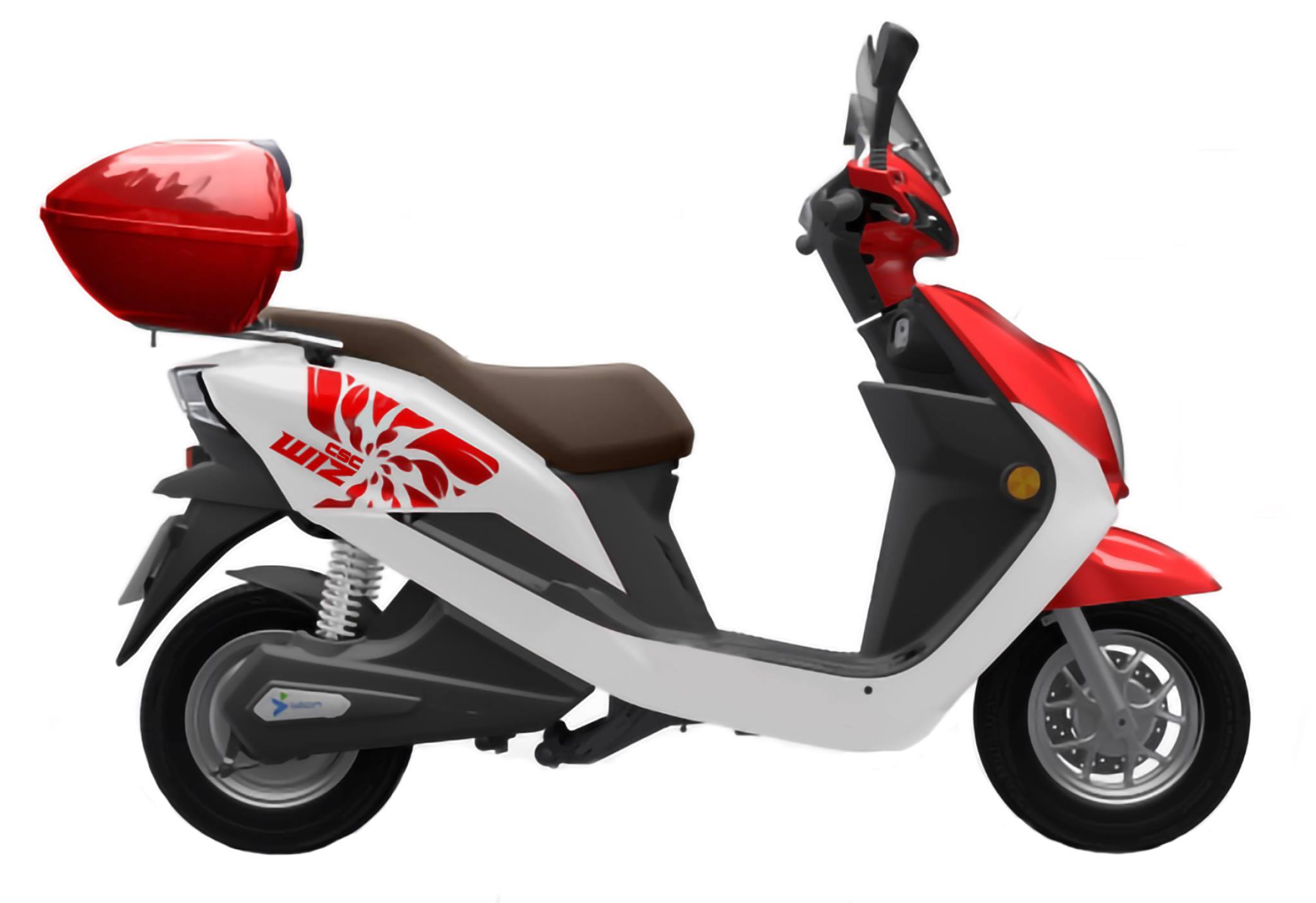 Cool stuff. Stop by their site (
Cool stuff. Stop by their site (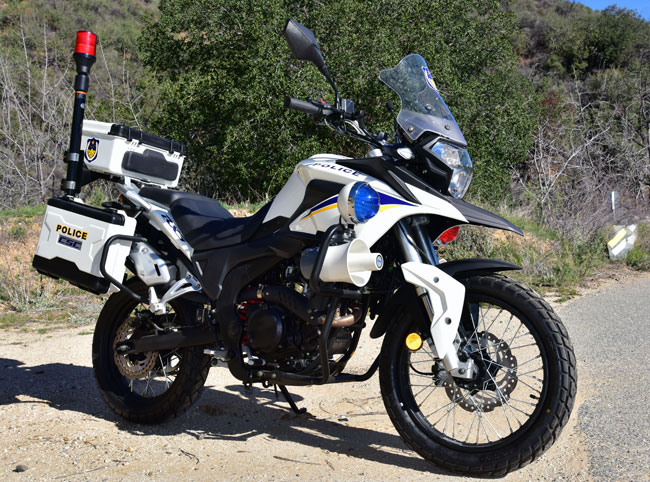 A few years ago when visiting the Zongshen plant in Chongqing, I spotted an RX3 set up as a police bike. It caught my eye for several reasons. First and foremost, it was a snappy looking motorcycle. I had written the
A few years ago when visiting the Zongshen plant in Chongqing, I spotted an RX3 set up as a police bike. It caught my eye for several reasons. First and foremost, it was a snappy looking motorcycle. I had written the 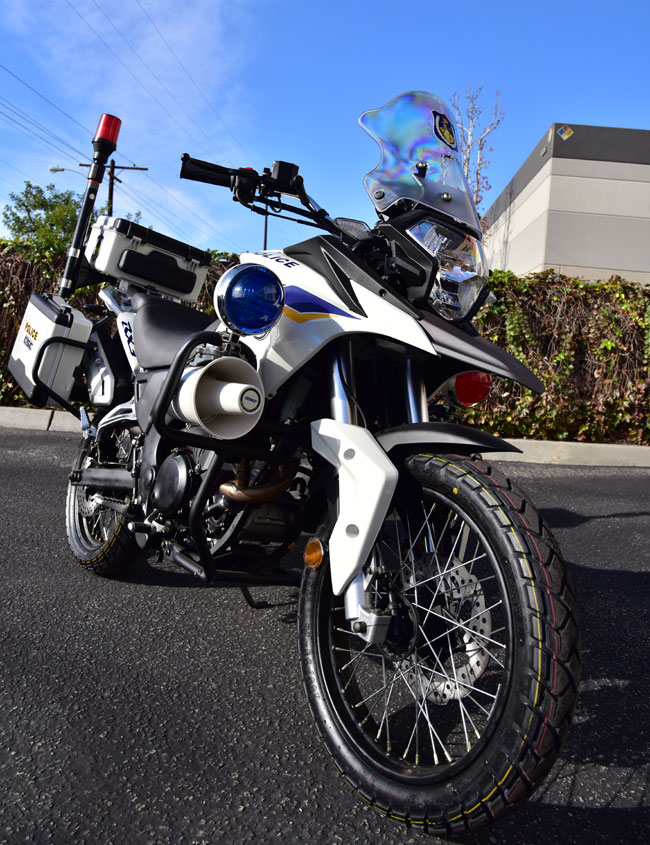
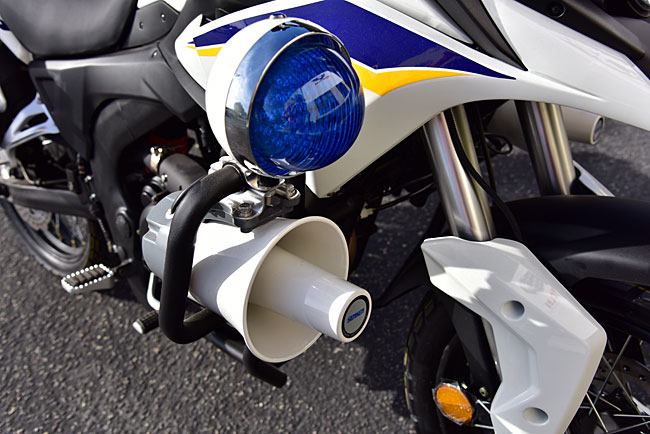
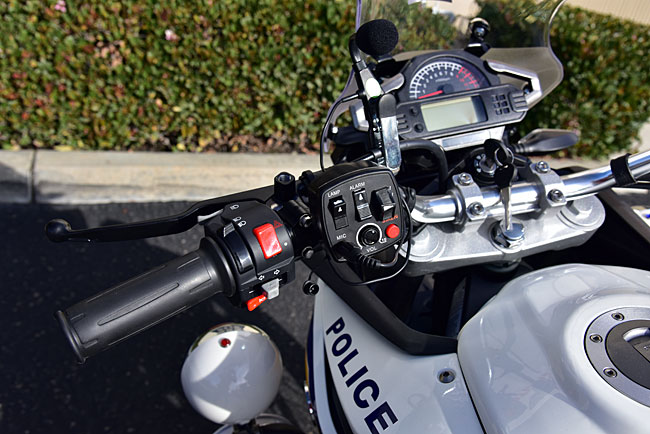 I was still pumped about the police bike, though, and I convinced CSC to bring the RX3-P to the US for a trial marketing period. You can see my enthusiasm in the video we put together on the bike…
I was still pumped about the police bike, though, and I convinced CSC to bring the RX3-P to the US for a trial marketing period. You can see my enthusiasm in the video we put together on the bike… We publicized the bike big time on the CSC blog, and I think that got noticed around the world. The RX3-P found a home with several large police departments in Asia and South America. That’s a good thing, because it’s a great bike. I’d still like to see it happen here in America. I imagine Zongshen will introduce a police version of their RX4, and maybe that larger bike will have a better chance at breaking into the US police motorcycle market. Someday. Maybe. We’ll see.
We publicized the bike big time on the CSC blog, and I think that got noticed around the world. The RX3-P found a home with several large police departments in Asia and South America. That’s a good thing, because it’s a great bike. I’d still like to see it happen here in America. I imagine Zongshen will introduce a police version of their RX4, and maybe that larger bike will have a better chance at breaking into the US police motorcycle market. Someday. Maybe. We’ll see.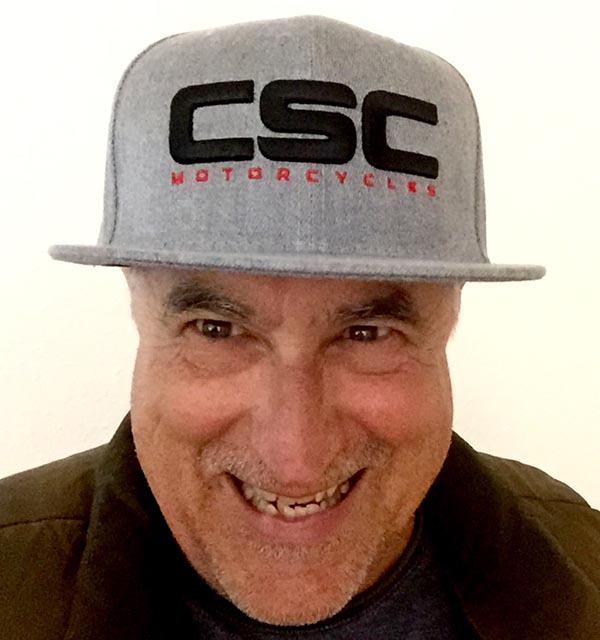 I didn’t start out in the typing business looking for swag. I was more interested in seeing my byline on a real, printed object. Being published meant at least one person in the world thought my stuff wasn’t terrible. No, it was like more swag found me. Slowly at first, then faster as the typing game became less and less lucrative, swag has grown ever larger in importance.
I didn’t start out in the typing business looking for swag. I was more interested in seeing my byline on a real, printed object. Being published meant at least one person in the world thought my stuff wasn’t terrible. No, it was like more swag found me. Slowly at first, then faster as the typing game became less and less lucrative, swag has grown ever larger in importance.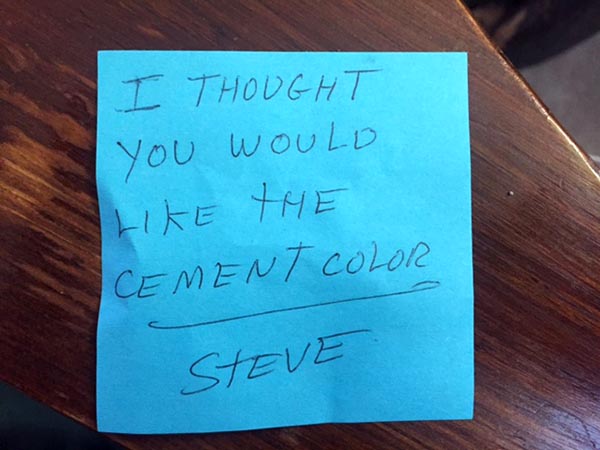 CSC sent me a flat-brimmed swag cap. They didn’t need to: I love those guys and how their business plan is a fantastic experiment in mail order motorcycling. I like that the customer needs to be a bit more self sufficient to operate their motorcycles. And I like the hat. With most products becoming sealed off to us regulars, CSC bikes actually require you to dig in. Since I own mostly weird motorcycles that have no dealer support I relate to the pride a CSC owner feels when he sets his own valves or replaces the chain and sprockets on his motorcycle.
CSC sent me a flat-brimmed swag cap. They didn’t need to: I love those guys and how their business plan is a fantastic experiment in mail order motorcycling. I like that the customer needs to be a bit more self sufficient to operate their motorcycles. And I like the hat. With most products becoming sealed off to us regulars, CSC bikes actually require you to dig in. Since I own mostly weird motorcycles that have no dealer support I relate to the pride a CSC owner feels when he sets his own valves or replaces the chain and sprockets on his motorcycle. Swag works. The preceding paragraph should be all the proof you need. Swag turns customers into advocates and a scuba suit beer cooler celebrating Pandya’s 50th birthday will always come in handy. Come to think of it, Exhaustnotes.us has no swag that I’m aware of. I’ll have to get to work on that.
Swag works. The preceding paragraph should be all the proof you need. Swag turns customers into advocates and a scuba suit beer cooler celebrating Pandya’s 50th birthday will always come in handy. Come to think of it, Exhaustnotes.us has no swag that I’m aware of. I’ll have to get to work on that.
